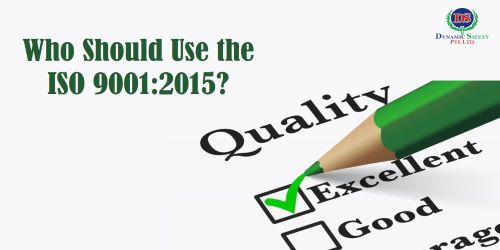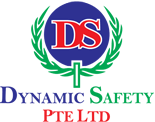



Blog

Who Should Use the ISO 9001:2015?
13-Oct-2021 19:19 PMWho Should Use the ISO 9001:2015? ISO 9001:2015 applies to any organization, no matter of size or industry. More than one million organizations from more than 160 countries have applied the ISO 9001 standard requirements to their quality management systems. Organizations of all types and sizes find that using the ISO 9001 standard helps them: Organize processes Improve the efficiency of
Read More
Difference between HACCP and ISO 22000
13-Oct-2021 19:18 PMHACCP If you are a company operating in the food industry, you are required by law to comply with established hygiene regulations in accordance with HACCP guidelines. A food company must systematically look for critical points that affect the safety of food and beverage products that are handled by the company. All possible risks and associated risk management measures must be described
Read More
What Does a Fire Safety Manager Do?
13-Oct-2021 19:17 PMA fire safety manager is responsible for safeguarding people’s lives and properties by planning, formulating, implementing, and supervising fire safety plans that take care of specific fire and life safety systems. a fire safety managers have the responsibility to direct the activities of employees as well as provide necessary information for employees so as to make sure they understand t
Read More
Effects of Noise
13-Oct-2021 19:17 PMExposure to noise in your work environment may cause a number of physiological and psychological responses. Noise can: cause hearing loss annoy and interfere with speech interfere with concentration and thought processes disturb sleep cause fatigue and aggression reduce immune response lead to heart disease. Dynamic Safety provides consulting and auditing services for Noise Monitoring f
Read More
Why ISO 50001:2018
13-Oct-2021 19:16 PMWhy ISO 50001:2018? ISO 50001 is a proven standard. Its implementation leads to reduced energy use and increased productivity and competitiveness. ISO 50001 is business-friendly. A significant share of multinational companies are already familiar with other ISO management system standards (e.g., ISO 9001 and 14001), substantially strengthening the potential for private sector uptake and
Read More
Benefits of SS 577:2012 Water Efficiency Manegement System
13-Oct-2021 19:15 PMBenefits of implementing SS577 Water Efficiency Management System • Increased awareness of the importance to use water efficiently, • Adopted systematic approach to manage water efficiency within the organization, • Employed water-efficient design and practices to reduce water consumption, • Red
Read More
